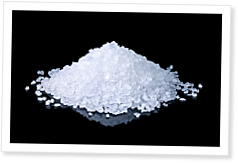
Sponsored “science” and constantly changing nutrition guidelines force people to carefully evaluate what they put in their bodies.
Nutrition is complicated. Many scientific studies either proclaim a particular food will kill you or help you live to be 300 years old, said Harvey Levenstein, professor emeritus of history at McMaster University in Ontario, Canada.
“It starts with some kind of a warning and it sounds like it’s very, very certain, but then by the time you get to the third or fourth sentence, then the ‘may’ becomes the operative word.”
Take, for example, Time magazine. In March 1984, the magazine’s cover featured a paper plate with two sunny-side-up eggs for eyes and a slice of bacon as a frown. “Cholesterol” was in bold, yellow letters; below, the words “And Now the Bad News …” appeared. Thirty years later, a curled shaving of butter appeared on Time’s cover beneath the headline “Eat Butter. Scientists Labeled Fat the Enemy. Why They Were Wrong.”
In the span of three decades, the magazine had characterized saturated fat as both villain and savior.
Such labels are problematic, said Jean-Marc Schwarz, a professor and researcher in the College of Osteopathic Medicine at Touro University in California.
“Science is much more nuanced than black and white,” he explained. “People want one list for foods to eat and another for what not to eat. And it’s just more complicated than that.”
No comments:
Post a Comment